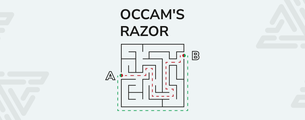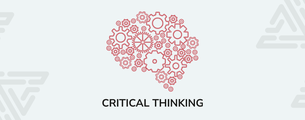Did you know that we remember unfinished tasks better than completed ones?
In strategic environments, this phenomenon, known as the Zeigarnik Effect, can either be:
- 🔍 A signal pointing to deeper meaning, or
- 📢 Noise that amplifies confusion.
When the Zeigarnik Effect is a signal
🧩 “This is unresolved.” The issue needs attention before moving to the next step.
🔄 “There’s a loop still open.” Something important still requires analysis.
🎯 “There’s meaning hiding here.” The task may reveal insights or patterns that support better decisions.
When the Zeigarnik Effect is noise
🛑 “No progress until this is resolved.” The focus is on completion even when it adds no real value.
❓ “What if there’s another option?” Overthinking causes doubt and blocks action.
⚠️ “The strategy’s purpose is in doubt.” Uncertainty makes it hard to see if the task aligns with the main project goals.
Process 1: Purge the Noise
How we investigate the effect during Process 1 of the Fulcrum Point Method™:
✅ Identify what actually matters.
❌ Strip out performative debates.
🧩 Discard emotional clutter.
🎯 And reframe the real decision.
To get closer to the Fulcrum Point™, we ask:
👉 Why is this thought recurring?
👉 Is this friction or false constraint?
👉 Is this the core issue or a symptom of it?
The key isn’t to close every loop.
It’s to surface the right unfinished thought — the one that hides your Fulcrum Point™.
Downloads
Supplemental Resources
The Zeigarnik Effect.pdf
Why do we remember unfinished tasks better than completed ones and how can you use this effect to your advantage?





